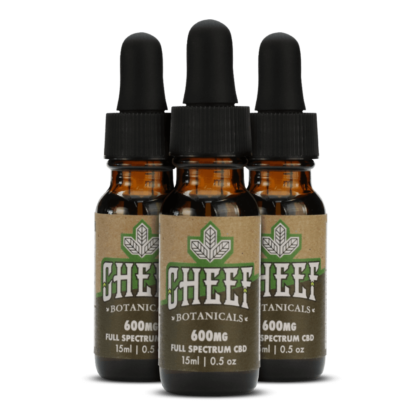Muscle Recovery: The Secret to Professional Post Workout Regimens
The days between intense workouts are just as important as the time spent in the gym. Muscle recovery is a crucial stage of working out, and it is often associated with aching and fatigue. However, there are precautions we can take to reduce muscle soreness and get the most out of our rest days.
Follow this guide for the best post-workout recovery methods! Our tips will help you build muscle and recover faster so that you can get back to the gym fully energized!
What is Muscle Recovery?
Muscle recovery refers to methods that reduce the soreness caused by damaged muscles. When we exercise, we damage our muscles from all of our physical exertion. This type of exertion causes our muscles to either swell or tear. The tears are microscopic, but they can cause muscle aches the next day. This is natural, and part of a good workout. Soreness also occurs when our bodies repair these tears, but this is necessary for muscle growth.
Our muscles recover during periods of rest, growing stronger than before our training. If we don’t provide our muscles with periods of inactivity, they won’t have much of a chance to build themselves back up. Repeatedly working out the same areas without rest can actually damage the body.
Muscle recovery techniques ensure our muscle fibers have the chance to repair themselves. They can also speed up the process and supply our systems with even more nutrients to fortify our bodies. Let’s take a look at why these techniques are important.
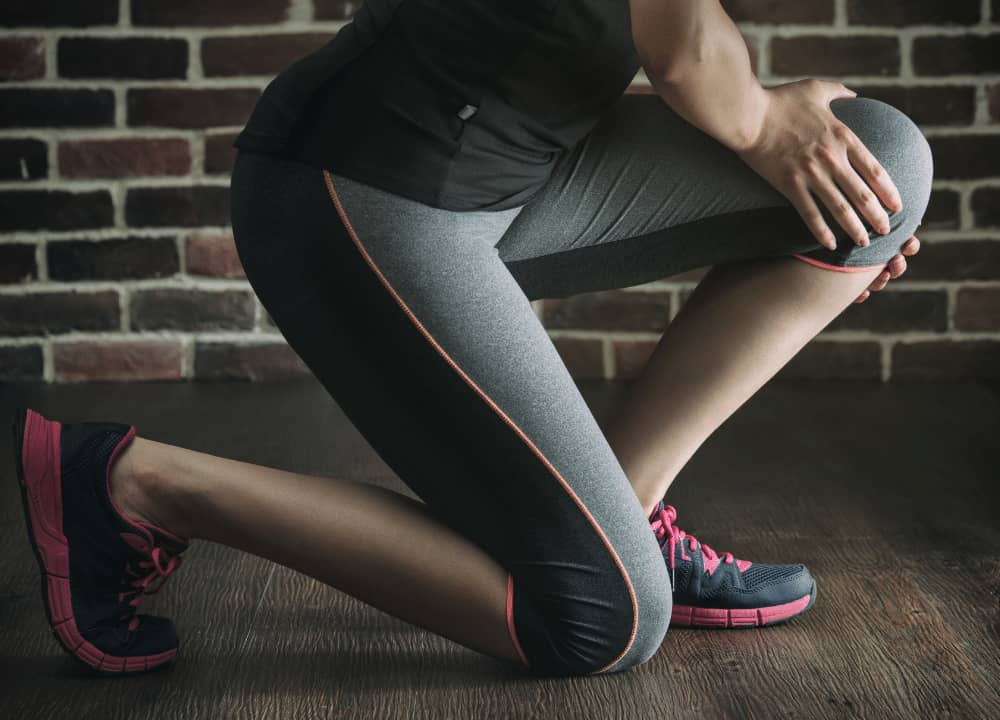
Why is Muscle Recovery Important After Workouts?
Physical fitness is all about pushing our bodies to do more. Each time we increase the amount of weight we lift or the distance we run, our bodies become stronger. However, the only way this damage turns into growth is if we rest.
If we don’t rest our muscles cannot efficiently repair themselves. Not resting diminishes the training’s effectiveness and results in more soreness. Not resting also increases the risk of injuries. With no downtime, you could pull a muscle or tear a ligament during your next workout. Recovery can help reduce muscle damage, avoid injuries, and improve athletic performance.
Muscle Recovery Time – How Long Does it Take for Muscles to Recover?
Muscles take about 48 hours to recover, though this doesn’t mean you need two recovery days away from the gym. Instead, alternate which muscles you workout. If your arms still need some time to recover, focus on your legs or core strength. This is known as cross-training.
For those with heavy schedules, cross-training is the perfect way to maintain your routine. Rather than doing nothing while waiting for your muscles to recover, you can still go to the gym and focus on a different group. Cross-training is the best way to keep all of your muscles ready for exercise.
The length of time your muscles take to recover depends on each person’s fitness level, diet, and general health. If your body takes longer or shorter than 48 hours to feel restored, it’s perfectly natural. Listen to your body, and don’t exercise a muscle if it’s still experiencing soreness.
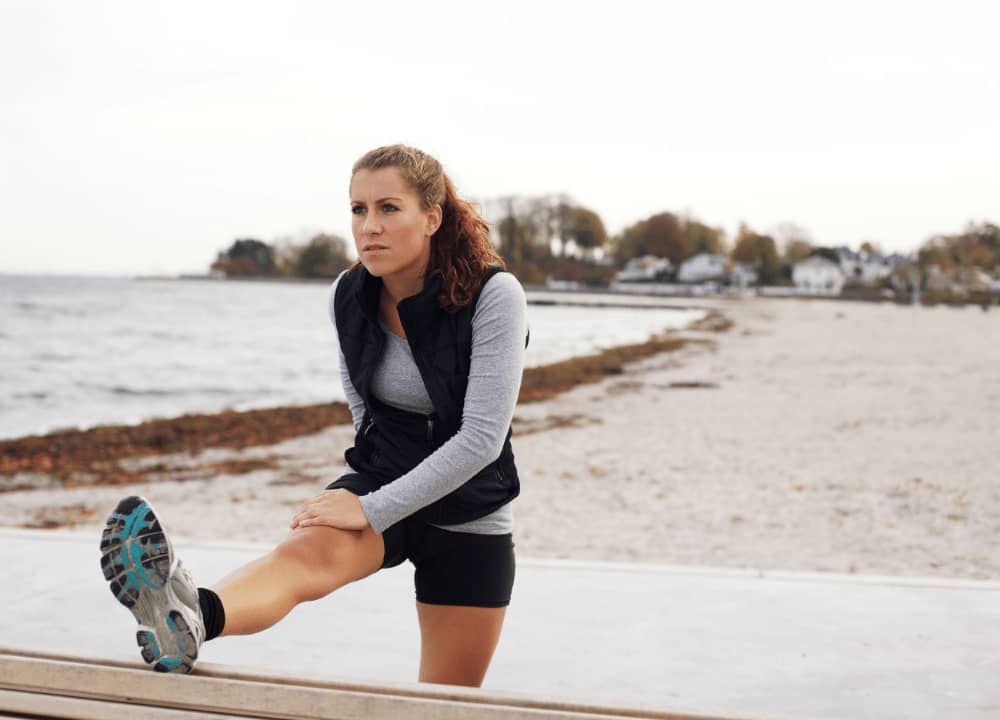
How to Speed Up Muscle Recovery
There are two forms of muscle recovery: active and passive. Passive muscle recovery refers to a break from working out, and it is what we mean by recovery days. Active recovery is the alternation of intense training and light exercise.
Active recovery allows our muscles to partially repair themselves while we reduce our activity without completely stopping. This improves muscle recovery, heart health, and blood flow. Active recovery may help reduce muscle soreness, but not as quickly as passive recovery.
Muscle repair takes place while we sleep, so a good night of rest is the best way to speed up your recovery time. There are plenty of other ways to speed up muscle recovery. Let’s take a look at the top methods to repair your body and get you back to training.
Muscle Recovery Supplements
Supplements can give our muscles a boost of protein or other nutrients to improve performance and recovery. You may already be familiar with some supplements, such as creatine. There are also supplements made from natural, nutrient-rich foods like cherry juice.
Anti-inflammatory drugs like ibuprofen and aspirin may help post-exercise repair, but they can also inhibit muscle growth. Since our aim is to both repair and strengthen our muscles, consider natural anti-inflammatory supplements like turmeric and willow bark.
Muscle Recovery Food – Proper Diet
One of the most important aspects of a good workout is a proper diet. Like high-performance gasoline in a sports car, adequate nutrition benefits the whole body. Not only does healthy food reduce post-workout muscle soreness, but it also improves our sleep-schedules.
Muscle damage takes place in our body’s tissue, and amino acids are the building blocks of tissue. Consuming protein supplies our body with more amino acids to rebuild tissue and ease sore muscles. Make sure you eat food that is high in protein after a training session.
Protein shakes are excellent at replacing lost protein, but chocolate milk is also a favorite among athletes. Regular milk contains protein, vitamin D, and essential electrolytes such as calcium, magnesium, and potassium. Chocolate milk contains all of the essential nutrients found in regular milk, plus twice the amount of carbs.
Additionally, chocolate milk has plenty of water to keep you hydrated. Let’s take a look at some other ways to soothe yourself after working out.
CBD for Muscle Recovery
Not only is CBD a soothing nighttime remedy, but it may also work wonders for your training sessions. Our endocannabinoid system (ECS) regulates bodily functions such as breathing, blood flow, and digestion. The health of all of these functions is crucial for muscle recovery.
CBD promotes the function of our ECS by interacting with CB1 and CB2 receptors. These receptors are all over our bodies, and they interact with cannabinoids. “Endo” means within, and there are cannabinoids that are naturally made inside our bodies (which is why it is called the endocannabinoid system). We can also find cannabinoids in nature. Phytocannabinoids, such as CBD, are cannabinoids that are found in plants.
One of the best sources for cannabinoids is hemp, which is the plant used to make CBD. These naturally-occurring cannabinoids interact with CB1 and CB2 receptors to give our ECS a helping hand. A well-functioning ECS will maximize your workout and reduce muscle tension and fatigue.
There are dozens of ways CBD can be incorporated into your workout routine. You could drop some CBD tincture under your tongue before a workout, or mix it into your protein shake. You could add a dash of isolate powder to your favorite post-workout meal or keep some CBD gummies in your gym bag. To target a specific muscle, try our CBD relief salve for immediate comfort!
CBD comes in many forms, so keep experimenting until you find an option that works for your routine. In addition to muscle recovery, depending on when you take it, CBD may help wake you up for that early-morning run or send you to sleep after an evening at the gym.
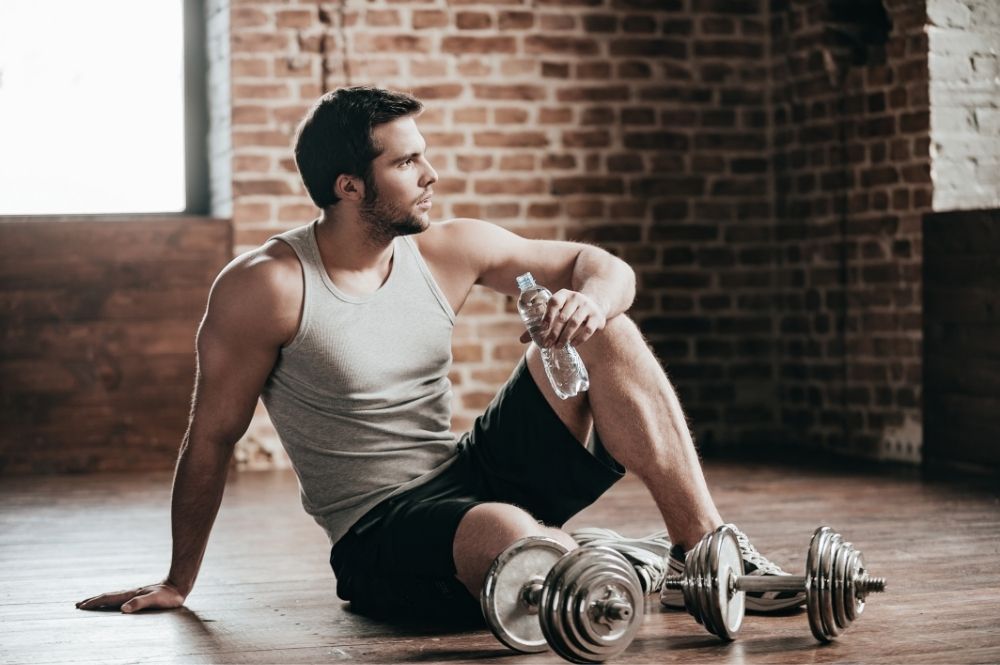
Hydration
We all need water for our basic health, but did you know proper hydration can also help post-exercise fatigue? No matter what your fitness level is, the body produces metabolic waste as we workout. The more water we drink, the faster the body can rid itself of this waste.
On an average day, it is important that we get 101-135 ounces (3-4 liters) of water daily. Try to drink 17-20 ounces a few hours before training and another 8 ounces half an hour before. During workouts, drink 7-10 ounces every half an hour.
To cool down after an exercise, drink 8 ounces of water. Whether you get this fluid through a glass of cold water once you get home or a protein shake from the gym, your fitness relies on proper hydration.
If you favor sports drinks, check the nutrition facts to ensure the beverage contains enough water. Some sports drinks focus on protein or electrolytes and may contain excessive amounts of sugar. There are plenty of beneficial drinks out there, but nothing hydrates like water.
Some people may only focus on drinking water before they workout then forget to hydrate after their exercise. This may be because they’ve already had so many fluids that they are not thirsty. Only drinking when we’re thirsty is fine for a rest day, but drink water even if you’re not thirsty after a workout.
Adequate hydration can help our muscles recover, but it also provides full-body benefits. Every metabolic function of the body is boosted by water. Look after your muscles and your health by drinking the right amount of water every day.
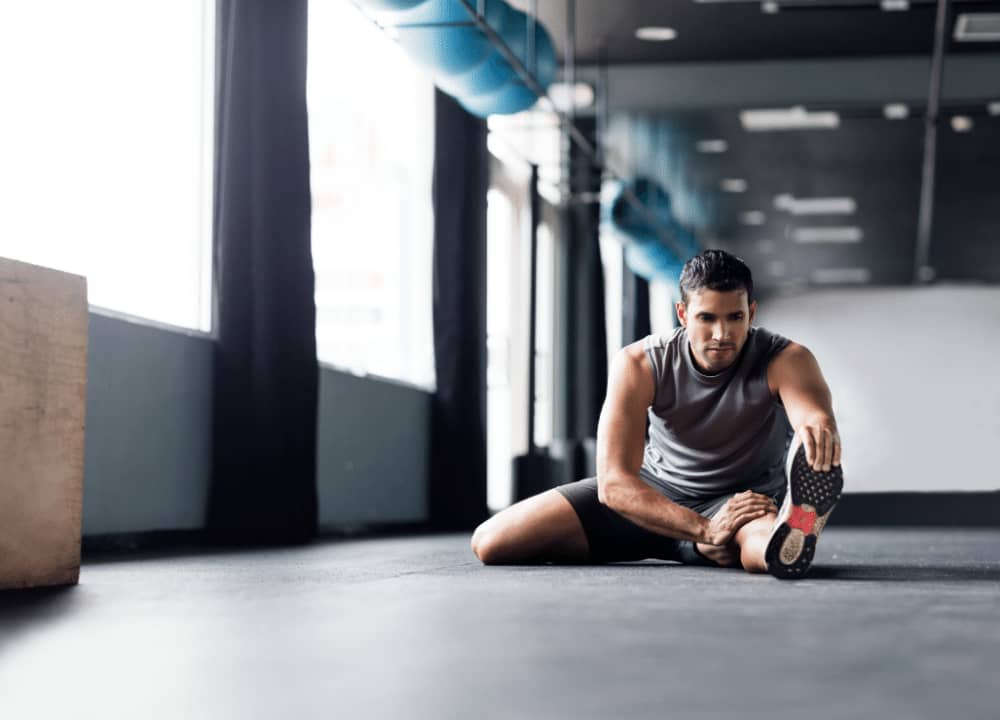
Stretching
Stretching offers a low-intensity warm-up and cool-down around our workout. There are two types of stretching: dynamic and static. Static stretching is how many people, even athletes, have been told to stretch.
Static stretching is focusing on one muscle group at a time. Toe touching is an example of a static stretch. This may be effective for those who need physical therapy, but dynamic stretching is better for overall fitness.
Dynamic stretching focuses on more than one muscle group at a time. The lunge torso twist is a dynamic stretch. To get the best of both worlds, warm up with dynamic stretches and cool down using static exercises.
If you’re going for a run, use dynamic exercises to stretch muscles such as your calves, hamstrings, and hip flexors. This prepares your entire body for the workout and reduces post-exercise pain. At the end of your run, static stretches may help alleviate discomfort in a specific muscle.
Foam rolling is one of the best stretching methods. Some of the pain that follows exercise is due to the knotting of connective tissue. Those knots, known as myofascial adhesions, can impede blood flow and result in soreness.
A foam roller can rid our muscles of those knots through a process called myofascial release. Massaging these tense spots with a firm object like a foam roller balances the growth of muscles and reduces tension.
There are plenty of foam rollers out there, and it can be difficult to determine which one will work best for you. Athletes benefit from some foam roller designs more than others, and there are countless textures, densities, shapes, and sizes.
Fortunately, REI has put together this helpful guide to help you choose!

Rest
We call them rest days for a reason. While you can spend your recovery preparing for the next exercise using methods like cold water immersion therapy, you could also get some shut-eye! Be sure you get 7-8 hours of sleep per night.
Proper sleep schedules aren’t only important for our daily health. A good night’s rest can also help our post-workout recovery and alleviate muscle pain. Sleep benefits the brain, heart, and lungs, all of which need to be in excellent shape for an effective workout.
Sleep also improves our metabolism, immune system, mood, and disease resistance. It also gives our muscles time to repair and fortify themselves with growth hormones. During childhood, growth hormones help our bodies grow. We still produce these hormones as adults, but their role changes.
Related Article: Does CBD Help You Sleep Better?
When we’re finished growing, growth hormones instead maintain and repair our bodies. However, we don’t produce as many growth hormones when we don’t get enough sleep. According to the CDC, one in three adults are sleep-deprived, so how can we get more sleep?
Well… the best natural sleep aid is exercise! And fortunately, sleep and exercise pair well together. Exercise provides deeper sleep and a good night’s rest repairs our muscles for a better workout the following day. This is why athletes may need more sleep than others.
If you’re still having trouble falling asleep, try natural nighttime products like melatonin, CBD, lavender, or passionflower. Meditation is another great way to calm the mind and send yourself to sleep.
Final Thoughts – Muscle Recovery
Our muscles do a lot of work while we exercise, and it’s important that we take care of them. The microscopic tears that we create need periods of rest to grow even stronger than before. Try different techniques, listen to your body, and keep up the hard work!
Read Next: CBD Muscle Balm: Pro Formula Revealed for Immediate Relief

